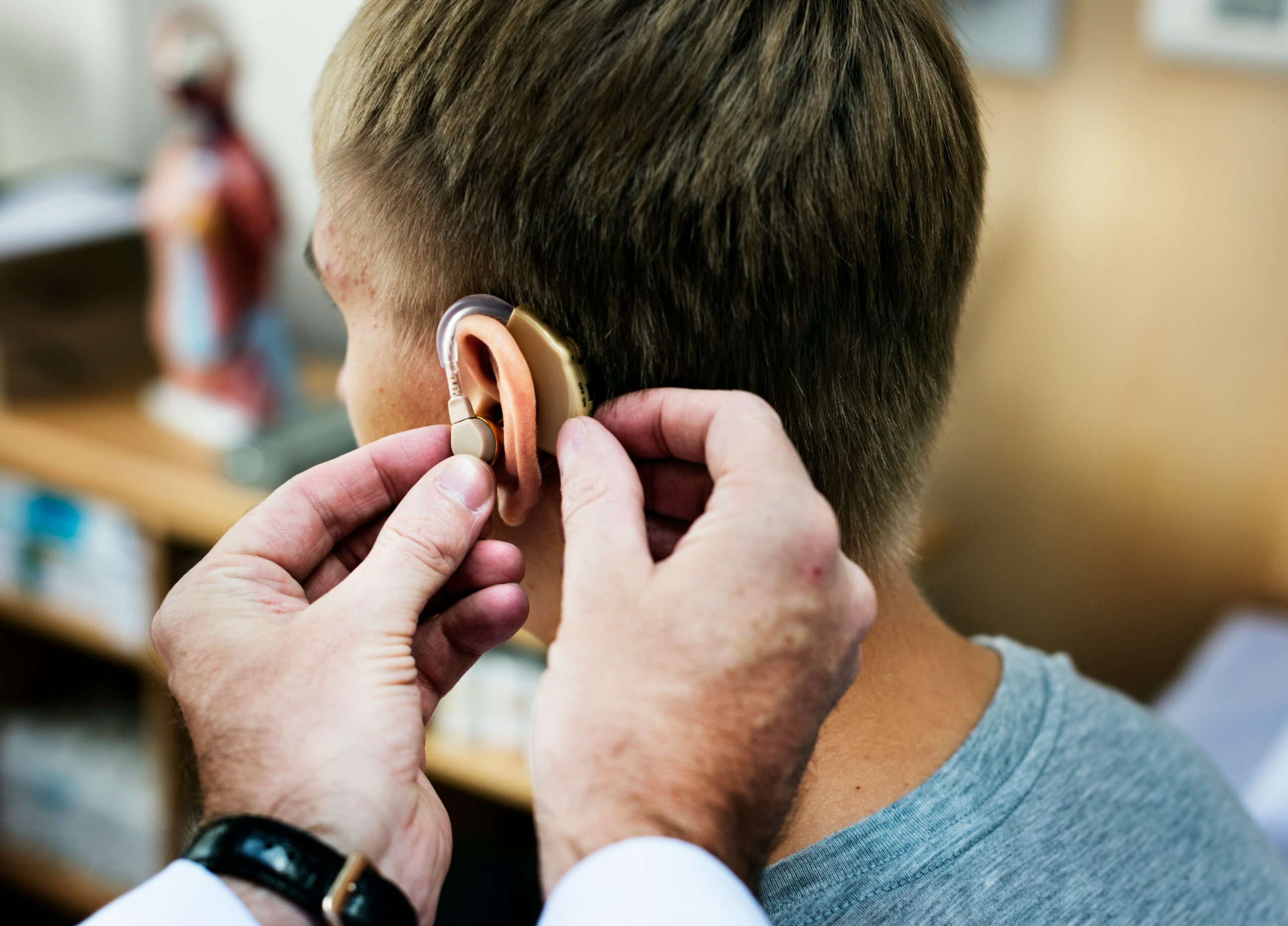
If you are experiencing difficulties with hearing, it can be overwhelming to consider getting a hearing assessment. However, understanding what to expect can help ease any anxiety. Hearing assessments are typically non-invasive, straightforward, and crucial for identifying hearing loss or other auditory issues. In this article, we will walk you through what to expect during your first hearing assessment, from preparation to what happens during the test and how you can manage your results afterward.
Preparing for the Appointment
Before your first hearing assessment, there are a few things to keep in mind. Gathering relevant information about your medical history and any hearing problems you’ve experienced is a good idea. This might include a family history of hearing loss, prior ear infections, or exposure to loud noises that could have affected your hearing. Taking note of these details beforehand will help your audiologist better understand your situation and ensure a more accurate assessment.
You will typically fill out a brief questionnaire once you arrive at the clinic or audiologist’s office. This will ask about any symptoms you’ve experienced, such as difficulty hearing in specific environments or a ringing sound in your ears. Don’t worry if you feel unsure about some questions – the more information you provide, the better the audiologist can tailor the assessment to your needs. This preparation phase is an excellent opportunity to ask preliminary questions about the test or voice concerns about your hearing health.
The Hearing Test Process
You will likely be led into a soundproof room when the hearing assessment begins. Here, the audiologist will perform a series of tests to evaluate the level of your hearing ability. The most common test is a pure-tone audiometry test, where you will wear headphones and listen to a series of beeps or tones at different frequencies and volumes. Your task is to indicate when you hear each sound. While this may seem simple, the purpose is to determine the quietest sound you can hear at each frequency, which helps the audiologist understand the range of sounds you can or cannot hear.
Another test that may be included in your assessment is speech audiometry. During this part of the test, the audiologist will ask you to listen to and repeat words at various volumes. This helps gauge how well you understand speech in quiet and noisy environments. Both of these tests are usually relatively quick, and while the experience may feel tedious, it’s essential to remain focused and answer the questions as accurately as possible. The audiologist will explain each step to you in detail before proceeding, so there’s no need to worry about anything being unclear.
Understanding Your Results
Once the hearing test is complete, the audiologist will discuss the results with you. The results are typically displayed on an audiogram, a chart that maps out your hearing ability across different frequencies. If your hearing falls within a normal range, the audiologist may reassure you that everything looks good. However, if the test shows signs of hearing loss, the audiologist will explain the degree of loss and whether it is temporary or permanent.
It’s essential to remember that hearing loss can vary in severity, and the results may show different difficulty levels across various frequencies. For example, you might struggle with high-pitched sounds or have difficulty hearing speech in noisy environments. These details will help the audiologist recommend the most suitable course of action, whether it’s further testing, a referral to an ear, nose, and throat (ENT) specialist, or possible hearing aid options. Understanding the specifics of your results allows you to make informed decisions about your hearing care.
After the Hearing Assessment
After receiving your results, the following steps will depend on your hearing status. Suppose the audiologist finds that your hearing is within normal limits. In that case, they may suggest monitoring your hearing over time or provide advice on preventing future hearing loss, such as avoiding loud noises or using ear protection in specific environments. Sometimes, they may suggest periodic checkups to ensure your hearing remains healthy.
The audiologist will guide you through available treatment options if hearing loss is detected. This could include recommendations for hearing aids, cochlear implants, or assistive listening devices, depending on the severity of the loss. They may also discuss strategies for coping with hearing challenges, such as learning to lip-read or using specific communication techniques to improve understanding in social situations. It’s essential to remember that while hearing loss can be daunting, many practical solutions are available to help you maintain an active and fulfilling life.
Final Thoughts on Hearing Assessments
A hearing assessment is crucial in understanding and managing your hearing health. The process is generally straightforward, and knowing what to expect can help reduce any uncertainty. Each phase is designed to help the audiologist understand your hearing needs and offer the best possible solutions, from the preparation to the testing and eventual discussion of your results. Remember that early detection of hearing issues can lead to better outcomes, so it’s important not to delay a hearing test if you suspect hearing difficulties. You can enjoy a life filled with sound, communication, and connection with proper support.